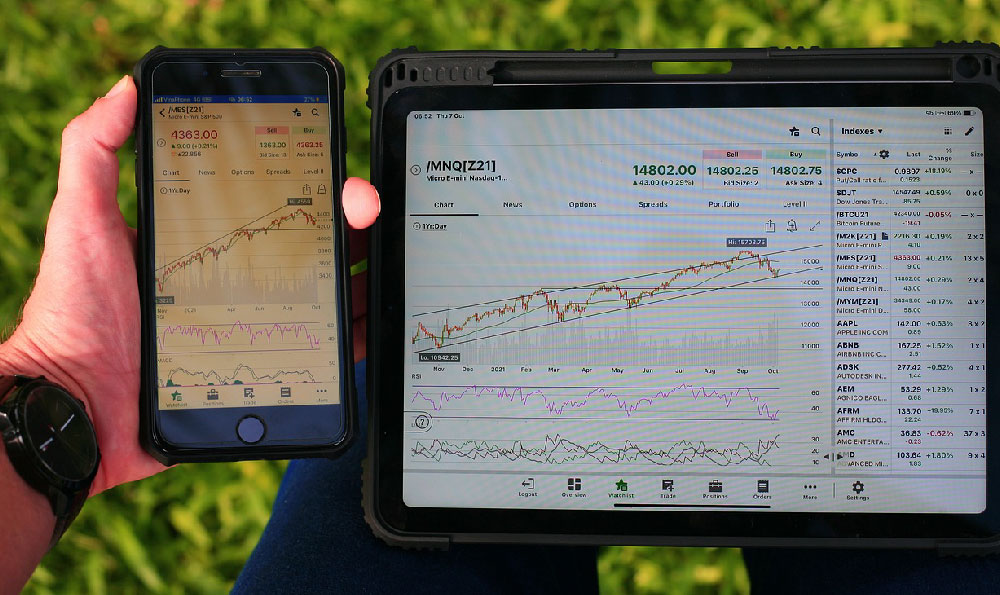The allure of creating content and reaping financial rewards on YouTube has drawn millions into its orbit. Many dream of quitting their 9-to-5 jobs, fueled by anecdotes of YouTubers raking in fortunes. But the question remains: how much can a YouTube video really earn? The answer, as with most things in the world of finance, is nuanced and complex, dependent on a multitude of factors rather than a simple formula.
One of the primary drivers of YouTube revenue is the advertising model. YouTube partners earn money through ads displayed on their videos. The metric most commonly discussed is CPM (Cost Per Mille), which represents the amount advertisers pay for 1,000 ad impressions. However, the more relevant figure for creators is RPM (Revenue Per Mille), which is the actual revenue earned per 1,000 views after YouTube takes its cut. YouTube typically keeps around 45% of the ad revenue, leaving 55% for the creator.
RPM values can fluctuate wildly based on several key variables. The first, and arguably most significant, is the target audience. Advertisers are willing to pay more to reach specific demographics with higher purchasing power. For instance, videos geared towards finance, technology, or luxury goods tend to command higher RPMs than those focused on gaming or entertainment aimed at younger audiences. The geographical location of viewers also plays a crucial role. Views from the United States, Canada, and Western Europe typically generate higher RPMs than views from countries with lower average incomes. This is because advertisers are targeting consumers in more developed markets with greater spending capacity.

Content type is another significant determinant. Educational content, tutorials, and product reviews often attract higher RPMs as they appeal to viewers actively seeking information and are more likely to engage with ads. In contrast, vlog-style content or reaction videos may have lower RPMs, as they are primarily consumed for entertainment purposes. Length of the video also matters. Longer videos provide more opportunities to place ads, leading to potentially higher revenue. YouTube allows creators to insert mid-roll ads at various points in videos exceeding eight minutes, effectively increasing the number of ad impressions per view.
Beyond advertising, there are other avenues for YouTubers to generate income. Channel memberships allow viewers to support creators directly through monthly subscriptions, offering exclusive perks such as badges, emotes, and early access to content. Super Chat and Super Stickers enable viewers to highlight their messages during live streams by paying a fee, providing another source of revenue. Merchandising is also a popular option, with creators selling branded products like t-shirts, mugs, and accessories to their fanbase. This allows them to monetize their brand and create a tangible connection with their audience. Affiliate marketing involves promoting products or services from other companies in exchange for a commission on sales generated through unique referral links. This can be a lucrative option for creators who review products or offer recommendations to their viewers. Sponsorships represent another significant revenue stream, where companies pay creators to feature their products or services in their videos. The amount earned from sponsorships can vary widely depending on the creator's audience size, engagement rate, and the brand's budget.
However, aspiring YouTubers must be aware of the challenges and potential pitfalls. Building a successful YouTube channel requires significant time, effort, and dedication. Creating high-quality content consistently is essential for attracting and retaining viewers. Promoting videos effectively through social media and other channels is also crucial for driving traffic and increasing visibility. Engaging with the audience by responding to comments and fostering a sense of community can help build loyalty and encourage viewers to subscribe.
Furthermore, the YouTube algorithm is constantly evolving, making it challenging for creators to stay ahead of the curve. Changes to the algorithm can impact video visibility and revenue, requiring creators to adapt their strategies and content to remain competitive. Copyright issues can also pose a significant threat, as using copyrighted music, images, or video clips without permission can result in videos being taken down or monetized by the copyright holder. In addition, ad revenue can be unpredictable and subject to fluctuations based on factors such as seasonal trends and advertiser demand. Creators should not rely solely on ad revenue as their primary source of income and should diversify their revenue streams to mitigate risk.
To maximize earning potential on YouTube, creators should focus on creating high-quality content that appeals to a specific audience, optimizing their videos for search and discovery, engaging with their viewers, and diversifying their revenue streams. They should also stay informed about the latest trends and best practices in the YouTube ecosystem and be prepared to adapt their strategies as needed. While the dream of becoming a wealthy YouTuber is certainly attainable, it requires hard work, dedication, and a strategic approach. It's not a get-rich-quick scheme, but a long-term investment that demands consistent effort and a deep understanding of the platform's dynamics. Ultimately, the "real revenue" from a YouTube video is not just about the numbers, but about the value created for the audience and the sustainability of the channel over time.












